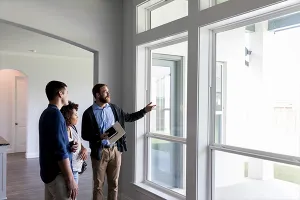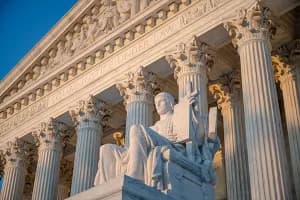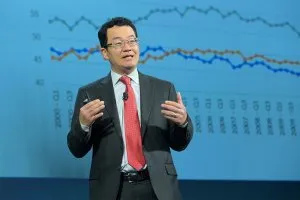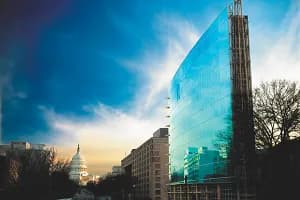
When the Qualified Opportunity Zone (QOZ) program was created in 2017’s Tax Cuts and Jobs Act, it created a stir of excitement in the commercial real estate industry—due to its obvious tax incentives and its potential to spur new development and economic growth in underserved communities.
However, a long rulemaking process kept people hesitant to participate in the program (and thus potentially miss its biggest tax advantages), and the chilling effect of the COVID-19 pandemic stunted its growth. While many incredible projects resulted from the original legislation, its full potential was never met.
In June, Congress’s reauthorization and update to the program in the “One Big Beautiful Bill Act” tax reform package is cause for industry optimism once again.
A quick primer on QOZs: The program allows investments into designated zones via an Opportunity Fund, incentivizing participants through several capital gains adjustments, including deferral of capital gains taxes on property investments, eventual reductions in payment if property is held for certain time frames, and the possibility of having tax-free gains on the investment itself if held for at least 10 years.
To qualify, 90% of a fund’s investment had to be in QOZ property, a “substantial improvement” test had to be met, and the property had to meet certain requirements (e.g. tangible property used in a business—including real estate—stock, or partnership interests).
So, what was Congress hoping to improve with QOZs 2.0? First, the built-in timeline to the first program meant investors had to invest by the end of 2019 to reap the full benefits, and many interested parties ultimately missed that date. Second, the Zones—census tracts nominated by the states which met the low-income qualification—had clear winners and losers. Investors were much more likely to flock to Zones in urban areas rather than rural ones, and the low-income determination lacked clarity (e.g., areas with large college student populations might qualify, shutting out other small towns).
The One Big Beautiful Bill Act saw both the House and Senate tackling the QOZ question, and the result is a renewal that acknowledges past challenges and seeks to better spread investment money around the country. In summary:
- It permanently extends QOZ tax incentives, including the full exclusion of capital gains on investments held for at least 10 years (the original program was set to sunset at the end of 2026);
- It provides a rolling, five-year deferral period for prior gains invested into an Opportunity Fund (rather than a fixed end date for deferrals);
- States can re-designate Zones every 10 years if they meet the income requirements—a median income of 70% or less than the statewide median (reduced from 80% in the original program);
- After five years, investments are eligible for a 10% basis bump-up, and the additional 5% basis bump for investments from the original program (after seven years) is eliminated;
- To better incentivize rural investment, the OBBBA creates Qualified Rural Opportunity Funds which are identical to a regular Fund except that investments must be in entirely rural Zones, and offers greater tax incentives (a 30% step-up in basis after five years, and a reduced “substantial improvement” requirement);
- The elimination of capital gains tax on investments held until 2047 under the original program is replaced with a rolling 30-year horizon;
- Reporting requirements are tightened, and penalties for non-compliance are increased.
Most of these changes to the QOZ program are effective Jan. 1, 2027, giving regulators time to develop new rules and publicize them to new and current investors. While real estate stakeholders won’t know the full impact until the program gets under way, the fact that Congress took time to examine and reauthorize the program speaks to lawmakers’ faith that it will continue to drive investment and development in areas of the country that are typically left behind.









